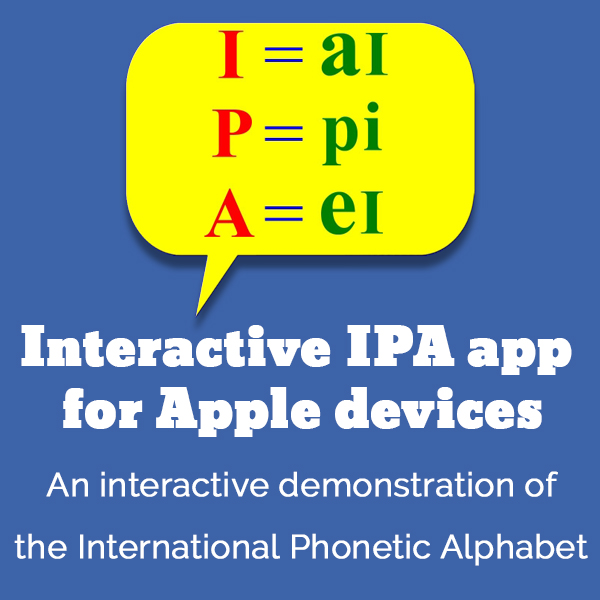Scotland 6
Listen to Scotland 6, a woman in her 20s from Duddingston, Edinburgh, Scotland. Click or tap the triangle-shaped play button to hear the subject.
Both as a courtesy and to comply with copyright law, please remember to credit IDEA for direct or indirect use of samples. IDEA is a free resource; please consider supporting us.
BIOGRAPHICAL INFORMATION
AGE: 20s
DATE OF BIRTH (DD/MM/YYYY): 1970s
PLACE OF BIRTH: Edinburgh, Scotland
GENDER: female
ETHNICITY: Caucasian
OCCUPATION: student
EDUCATION: When recorded, the subject was a drama student.
AREA(S) OF RESIDENCE OUTSIDE REPRESENTATIVE REGION FOR LONGER THAN SIX MONTHS: N/A
OTHER INFLUENCES ON SPEECH: N/A
The text used in our recordings of scripted speech can be found by clicking here.
RECORDED BY: Ros Steen
DATE OF RECORDING (DD/MM/YYYY): 2000
PHONETIC TRANSCRIPTION OF SCRIPTED SPEECH: N/A
TRANSCRIBED BY: N/A
DATE OF TRANSCRIPTION (DD/MM/YYYY): N/A
ORTHOGRAPHIC TRANSCRIPTION OF UNSCRIPTED SPEECH:
I’m from Edinburgh, in Scotland. And I was brought up in Duddingston, which is on the east side of Edinburgh. And, it’s, it’s quite a nice part of the city ‘cause it’s near Holyrood Park, so there’s lots of hills and green around, and it’s quite quiet and, you know, and there’s a, a wee village nearby with a lovely kind of little park and ducks and things. And then I moved to the other side of Edinburgh, Leith, which is in — where Trainspotting was set. Let’s see … definitely go to the old town of Edinburgh, definitely. And the castle is magnificent. I mean it’s corny to go and see the castle, but it’s, it is fantastic because it’s not just a castle; it’s like a whole town; it’s like a little settlement, and it’s so vivid; when you go in there you can imagine sort of carts and people riding round the little cobble streets inside the castle, so it is amazing; it’s huge and it’s really interesting. And, what else? The Museum of Scotland is excellent. It’s quite new. And it just opened about a year ago. And it’s a, a museum to the history of Scotland. And it’s got everything from, like the Picts to the 20th Century, and it’s really, really, really well done and really interesting, so that’s really worth seeing. And then the third thing you should definitely do is go on a ghost tour [laughs], ‘cause you might get me taking you round ‘cause that’s my night job: ghost tours in the Royal Mile of Edinburgh. And we take people down all the little closes, wynds, and the little alleyways, and they all have ghost stories connected with them, or most of them anyway, so we take you down there and tell you all these real stories of people like Deacon Brodie, and, who Jekyll and Hyde is based on, and Major Weir, who was a witch and a famous warlock. We also take people underground to an old set of 18th century workshops and workrooms that were completely discovered by accident about six years ago just as they had been two-hundred years before, so we take you down there and scare you …
TRANSCRIBED BY: Angie Balasamo
DATE OF TRANSCRIPTION (DD/MM/YYYY): 03/08/2008
PHONETIC TRANSCRIPTION OF UNSCRIPTED SPEECH: N/A
TRANSCRIBED BY: N/A
DATE OF TRANSCRIPTION (DD/MM/YYYY): N/A
SCHOLARLY COMMENTARY:
This accent could usefully be used as a good example of a “Scottish Standard English” dialect, particularly in her reading of the test passage. It is also a typical middle-class Scots dialect, and because of this, and the fact that as it is not a strong Edinburgh sound, it is unsuitable for something like “Trainspotting.” Edinburgh being on the east coast, the accent does differ in feel and placement from the other main “central belt” dialect, which is Glaswegian; Glasgow, of course, being on the west coast of Scotland. The east coast accent has a less heavy feel than the west (see other samples), possibly because of the tendency to pitch slightly upwards on the stressed words. Points to note: The “darkish” quality of the /l/ sound in really, for example; glottalling in the phrase “it is” or the word “little”; and the absence of a rolled /r/, except in occasional word such as “Brodie.”
COMMENTARY BY: Ros Steen
DATE OF COMMENTARY (DD/MM/YYYY): 2000
The archive provides:
- Recordings of accent/dialect speakers from the region you select.
- Text of the speakers’ biographical details.
- Scholarly commentary and analysis in some cases.
- In most cases, an orthographic transcription of the speakers’ unscripted speech. In a small number of cases, you will also find a narrow phonetic transcription of the sample (see Phonetic Transcriptions for a complete list). The recordings average four minutes in length and feature both the reading of one of two standard passages, and some unscripted speech. The two passages are Comma Gets a Cure (currently our standard passage) and The Rainbow Passage (used in our earliest recordings).
For instructional materials or coaching in the accents and dialects represented here, please go to Other Dialect Services.
 IDEA: International Dialects of English Archive
IDEA: International Dialects of English Archive


